When navigating the expansive world of trucking, understanding the costs associated with purchasing a semi-trailer is paramount. The price of a trailer can vary significantly based on several factors, including type, size, materials, and the manufacturer’s reputation. In this guide, we break down the components influencing trailer costs, enabling you to make an informed decision about your investment.
1. Types of Semi-Trailers and Their Costs
Choosing the right semi-trailer is crucial for both legal compliance and operational efficiency. Here is a breakdown of various types of trailers alongside their typical costs.
Table 1: Semi-Trailer Types and Average Cost
| Trailer Type | Average Cost (USD) | Description |
|---|---|---|
| Dry Van Trailers | $30,000 – $50,000 | Enclosed trailers primarily used for general freight. |
| Reefer Trailers | $40,000 – $70,000 | Refrigerated trailers ideal for perishable goods. |
| Flatbed Trailers | $20,000 – $45,000 | Open trailers used for transporting irregular loads. |
| Tank Trailers | $40,000 – $80,000 | Designed for transporting liquids or gases. |
| Dump Trailers | $25,000 – $55,000 | Used in construction for transporting loose materials. |
| Car Hauler Trailers | $15,000 – $45,000 | Specifically designed for transporting vehicles. |
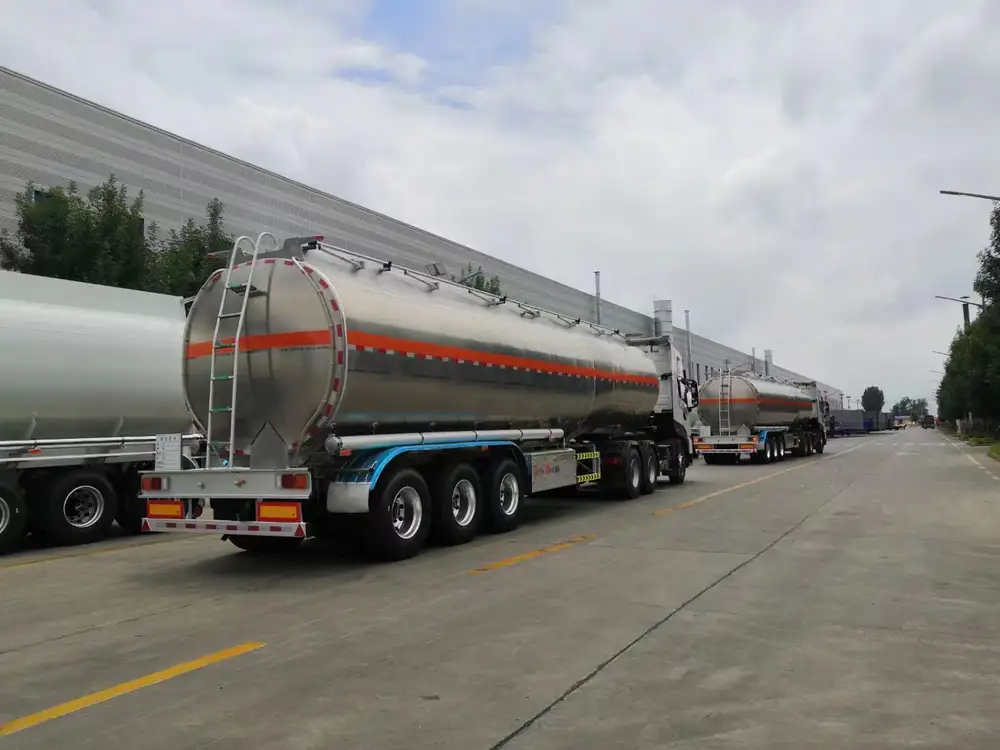
Explanation:
The cost differences arise from the complexity of design, materials used, and specific functionality required by different industries. For instance, reefer trailers have built-in temperature control systems, which add to their cost compared to simple dry vans.
2. Factors Influencing Semi-Trailer Prices
When considering the purchase of a semi-trailer, several factors can significantly influence the final pricing. Understanding these can lead to smarter purchasing decisions.
A. Material and Construction
The materials used in manufacturing semi-trailers directly impact their durability and cost. Common materials include:
- Aluminum: Lightweight and corrosion-resistant, favored for fuel efficiency but more expensive.
- Steel: Heavier and more durable, often used for flatbed trailers, offering a lower upfront cost.
- Composite Materials: Increasingly popular for their strength-to-weight ratio.
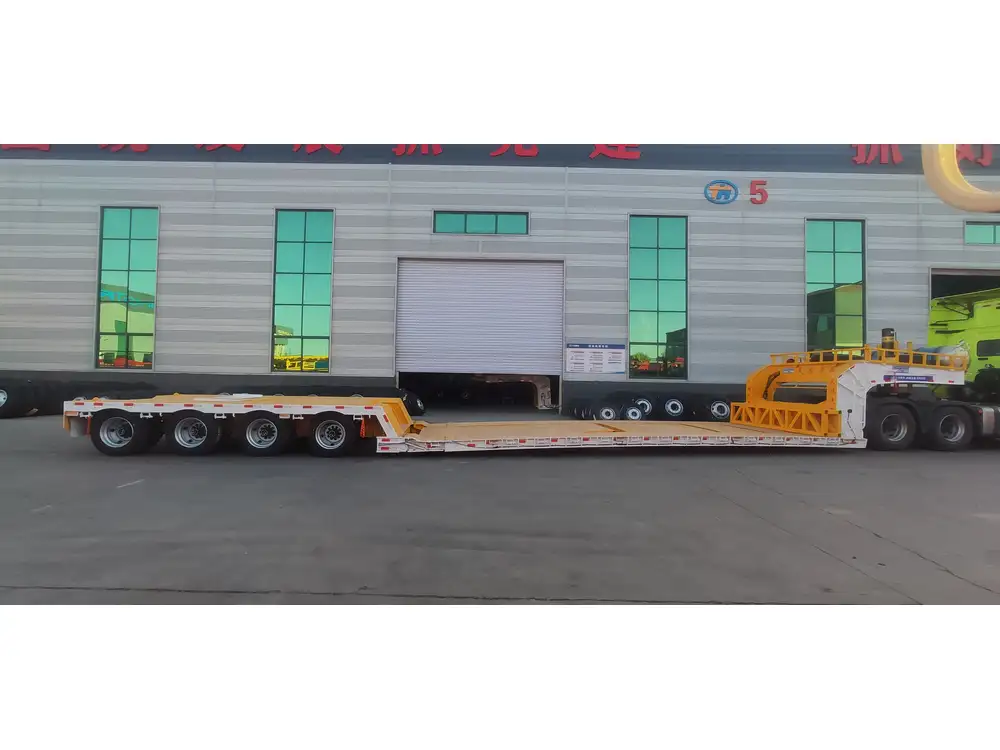
B. Size and Capacity
Trailers come in various sizes, affecting the cost based on payload capacity and dimensional requirements. Generally, a larger capacity leads to increased costs. Understanding your specific transportation needs will help in selecting the right size and weight class.
C. Customization Options
Customization adds another layer to trailer costs. Features like:
- Additional Axles: To enhance stability and increase carrying capacity, often raising the price.
- Weatherproofing: Particularly for dry vans and reefers that need to maintain internal conditions.
- Lighting and Safety Features: Important for ensuring compliance and ease of use.
D. New vs. Used Trailers
Buying new offers warranties and the latest technology, but used units provide significant savings. The average price range for used trailers is typically 20-30% less than new. The decision hinges on factors such as condition, maintenance history, and intended use.
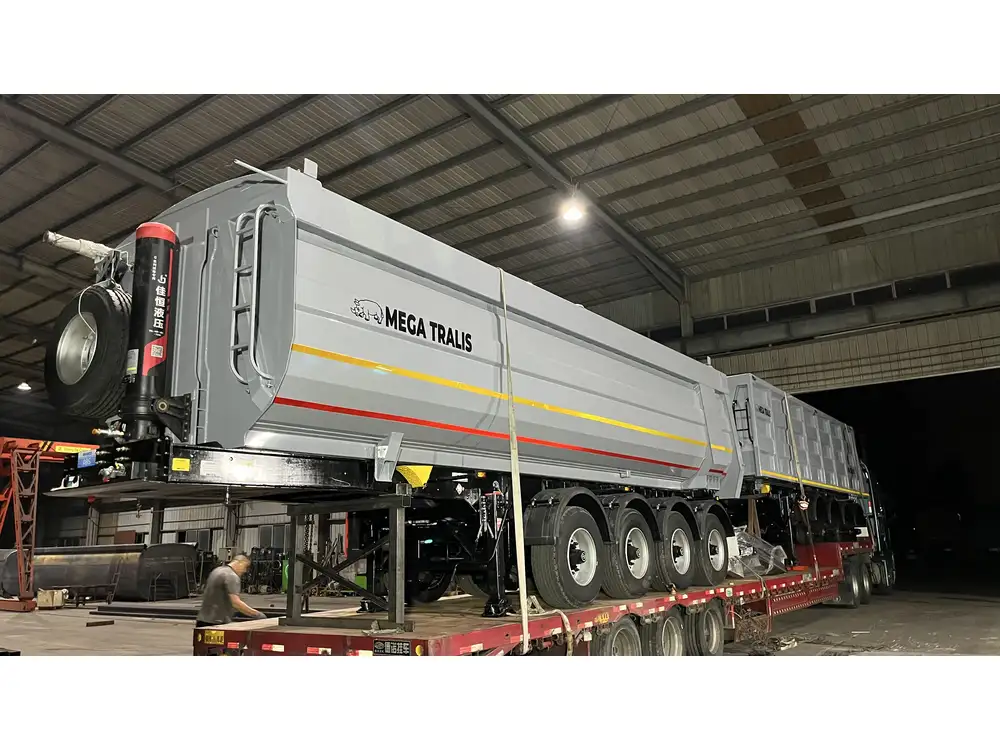
3. The Hidden Costs of Semi-Trailer Ownership
Beyond the initial purchase price, trailer ownership encompasses various additional costs. These include:
A. Insurance
Insurance is vital for safeguarding your investment. Costs can vary widely but typically range from $1,000 – $4,000 annually, depending on trailer type, coverage limits, and the owner’s driving history.
B. Maintenance and Repairs
Regular maintenance is essential for longevity and safety. On average, budgeting $750 – $1,500 annually for routine maintenance is advisable. Common services required include:
- Tire Replacement
- Brake System Overhaul
- Suspension Repairs
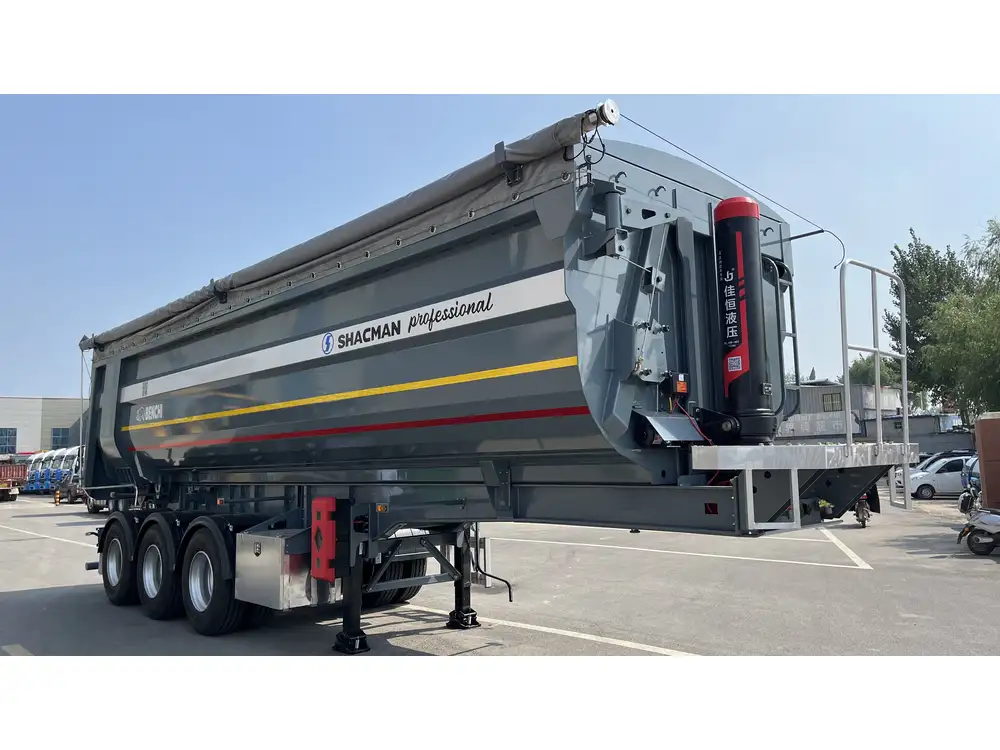
C. Fuel Efficiency
The choice of trailer can influence fuel efficiency. A lightweight aluminum trailer can improve fuel savings compared to heavier alternatives. In general, better fuel efficiency translates into lower operational costs over time.
4. Financing Options for Semi-Trailers
Understanding financing options can aid in managing trailer costs more effectively. Various methods include:
A. Direct Purchase
Outright purchases are straightforward but require significant upfront capital.
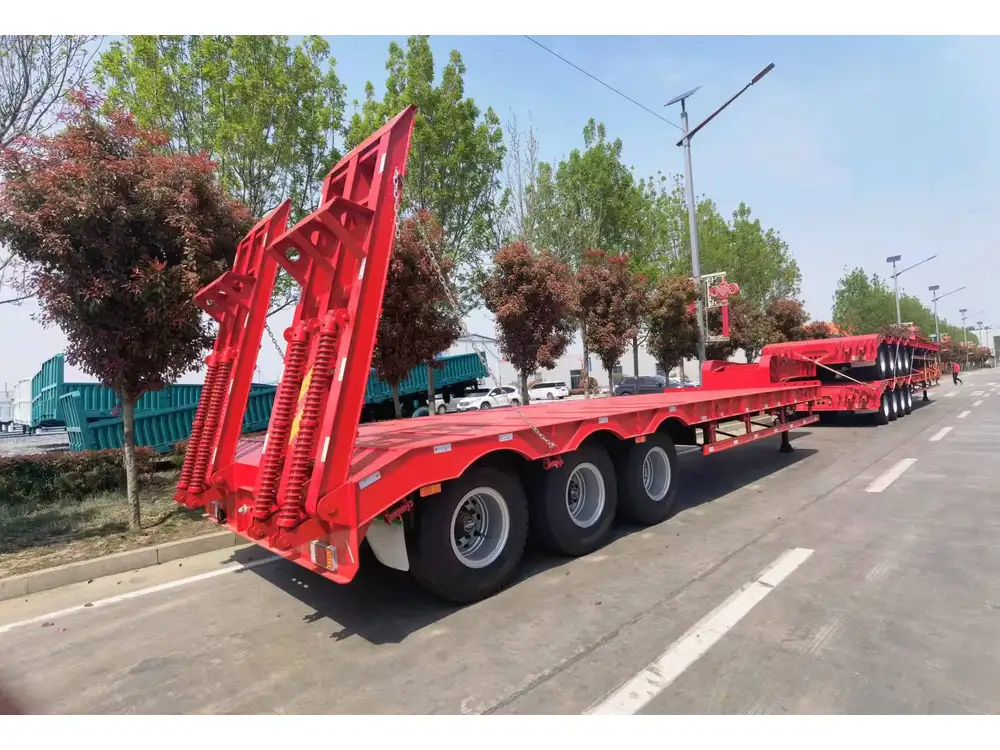
B. Trailer Loans
These secured loans allow owners to borrow against the trailer’s value, offering favorable interest rates but requiring collateral.
C. Leasing Agreements
Leasing can be beneficial if you plan to use a trailer short-term or want to conserve cash flow. Monthly payments offer flexibility but may lead to higher total costs over time due to interest rates.
5. Researching Your Options
When approaching the purchase of a semi-trailer, thorough research is crucial. Consider the following steps:
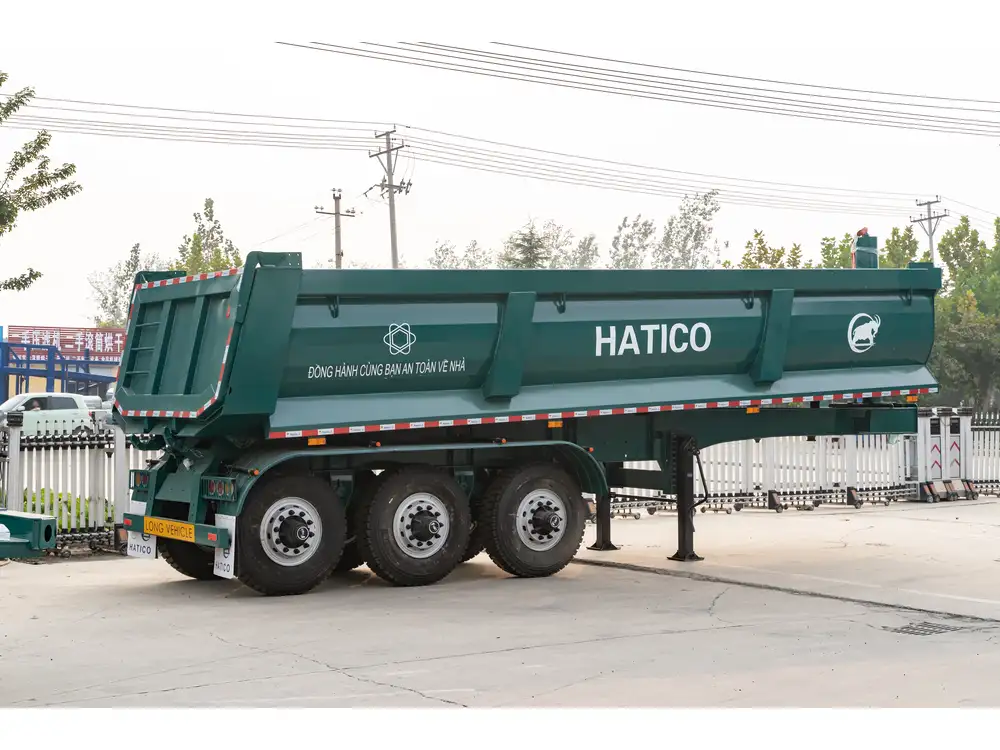
A. Compare Manufacturers
Establish a shortlist of reputable manufacturers offering high-quality trailers. Look for reviews and ratings from other customers to gauge reliability and service levels.
B. Attend Trailer Shows
Trade shows and exhibitions provide opportunities to explore various models, enabling direct comparisons in features and pricing.
C. Engage with Industry Experts
Seek advice from professionals in the field who can provide insights on performance, maintenance, and financing options tailored to your needs.
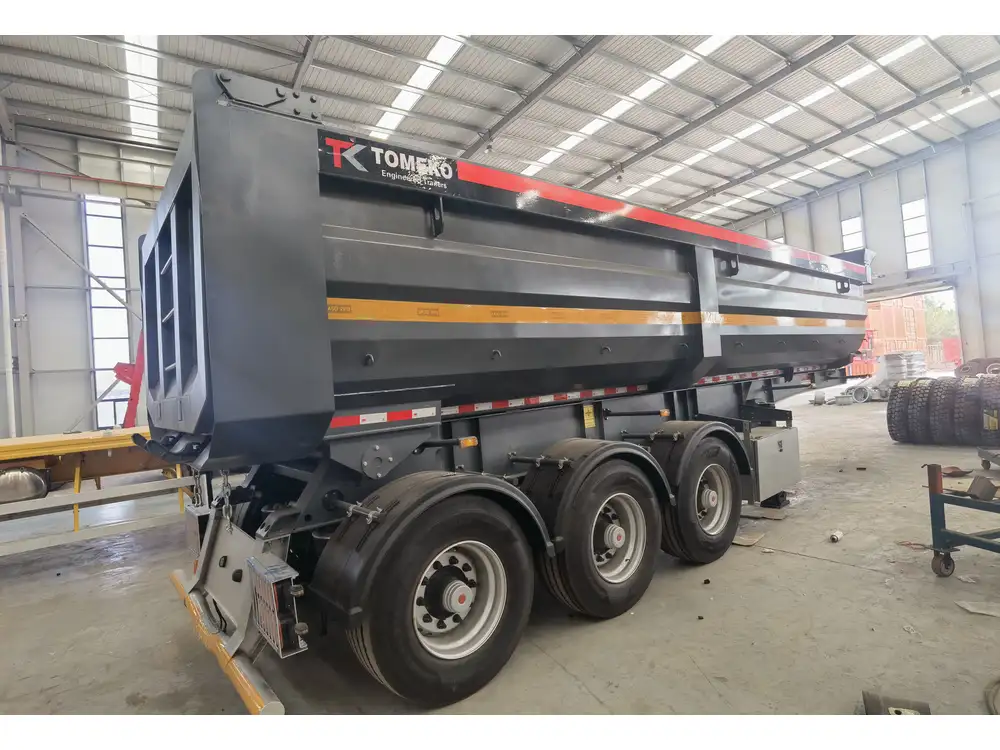
6. The Importance of Compliance and Regulations
Understanding federal and state regulations is crucial before acquiring a semi-trailer. Non-compliance can lead to fines and operational delays. Key regulations to keep in mind include:
- Weight Limits: Exceeding weight limits can incur hefty fines and jeopardize safety.
- Labeling and Markings: Ensure that your trailers meet specific labeling requirements for visibility and safety.
- Maintenance Standards: Regular inspections must be conducted to remain in compliance with DOT regulations.
7. Long-Term Investment Value
When calculating how much a trailer costs for a semi-truck, consider the long-term investment value. An efficient, durable semi-trailer can enhance productivity, secure profits, and provide a reliable means of transport for years.
A. Total Cost of Ownership (TCO)
TCO includes all costs—purchase price, maintenance, insurance, and depreciation—providing a clear picture of the financial commitment:
- Depreciation: Semi-trailers typically depreciate over ten years, averaging about 10% annually.
- Residual Value: Consider what you can potentially sell the trailer for at the end of its usable life to offset costs.
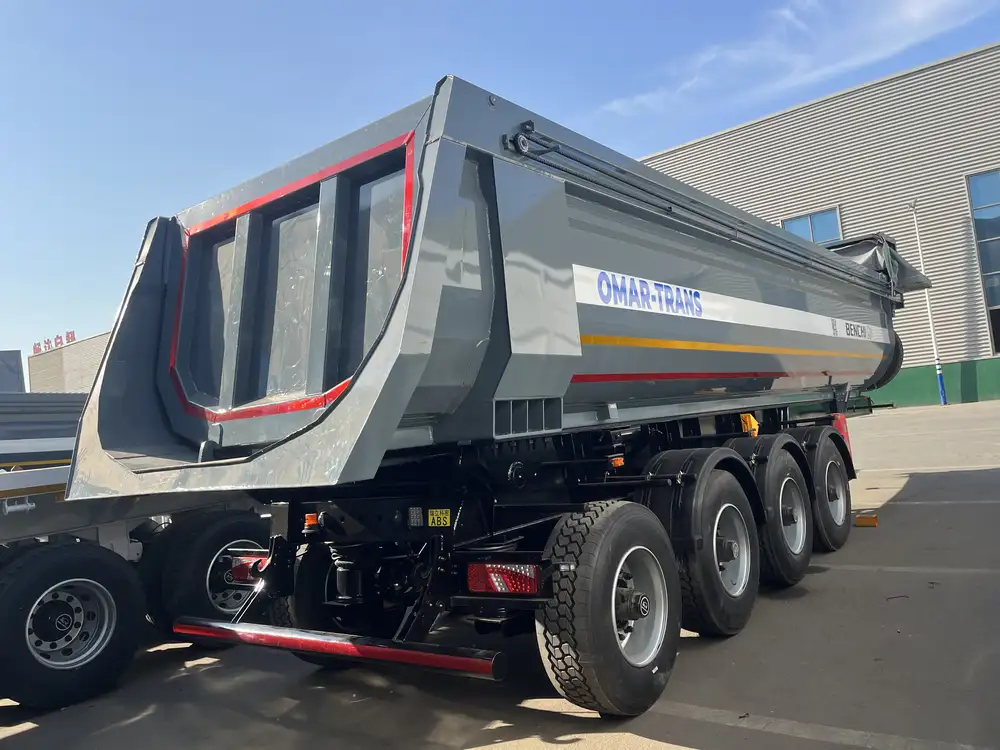
B. Return on Investment (ROI)
Calculating the projected ROI for the trailer can help justify the purchase. Essential factors include:
- Increased Revenue from Additional Loads
- Improved Efficiency Leading to Reduced Operational Costs
C. Environmental Considerations
An increasing number of operators are looking toward sustainability. Investing in eco-friendly trailers can offer tax incentives and boost company image, appealing to environmentally conscious customers.
8. Conclusion
Determining how much a trailer costs for a semi-truck is not a straightforward question—it requires understanding various interplaying factors. By educating yourself on trailer types, materials, financing methods, and compliance regulations, you can navigate your purchase strategically.
Considering the hidden costs of maintenance and fuel efficiency alongside purchase price will provide a clearer financial outlook. As a potential buyer, meticulous research and planning will be your best allies, ensuring you choose the right semi-trailer that meets both your budget and operational needs.
Ultimately, this informed approach will not only safeguard your investment but also elevate your overall business performance in the competitive trucking industry. Investing wisely in your trailer could be the difference that propels your operations to greater heights and keeps you ahead in this bustling marketplace.



